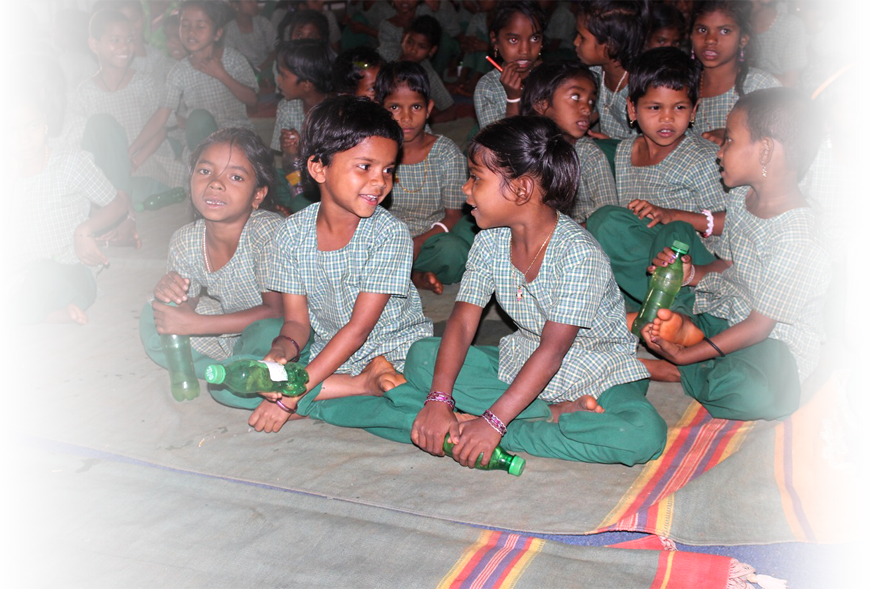Special Program for Promotion of Millet in Tribal Areas
Ragi (Eleusine Coracana) is an important minor millet grown in India. It is gaining increasing importance as a food that can address several health and life-style issues that affect our population today, along with being a good source of essential minerals. It can withstand severe drought conditions and can grow throughout the year and on different soils, including weathered lateritic soils as well as tolerate high salinity. Its adaptability to the higher elevations makes its suitable to grow even at a height of more than 2000 meters above sea level.
Along with ragi, a whole range of millets have also been important staples of rural communities in different parts of India, and especially, the tribal regions, where upland rainfed cultivation is a common practice. These crops including sorghum (Sorghum bicolor), pearl millet (Pennisetum glaucum), foxtail millet (Setaria Italica), little millet (Panicum sumatrense), kodo millet (Pasupalam scrobiculatum), barnyard millet (Echinochloa esculenta), etc. These are also highly known to be highly nutritious have an good market demand.
The Millet Mission perceives Millets as the answer to address both increased crop failure and nutritional deficiency and need to be revived. The objectives of the project are set out as follows:
Increase consumption of millets in rural and urban areas.
Setup decentralized processing units.
Improving productivity
Better marketing for better price realization.
Inclusion of millets in ICDS, MDM and PDS.
Promotion of millets consumption through folk media, food festivals and capacity building




